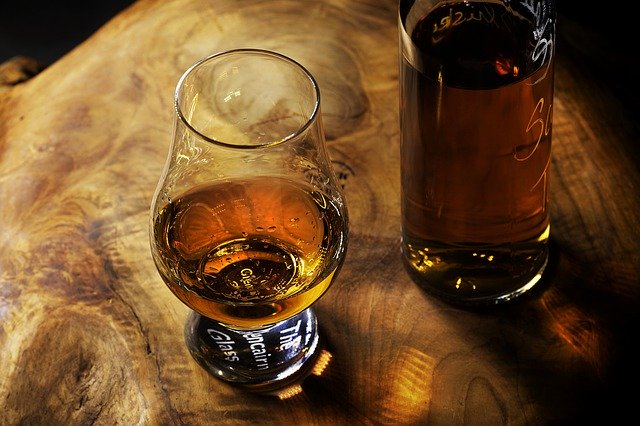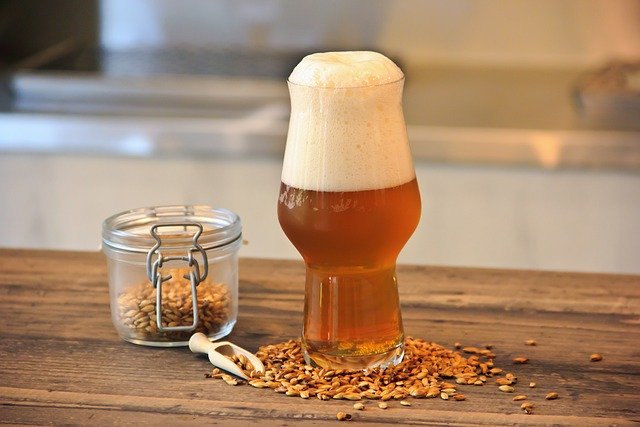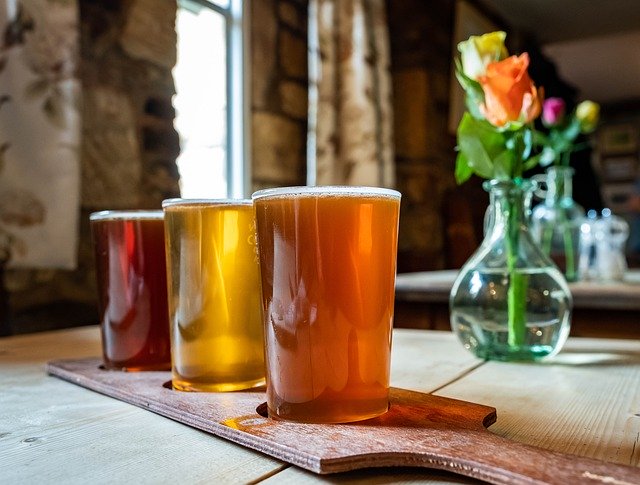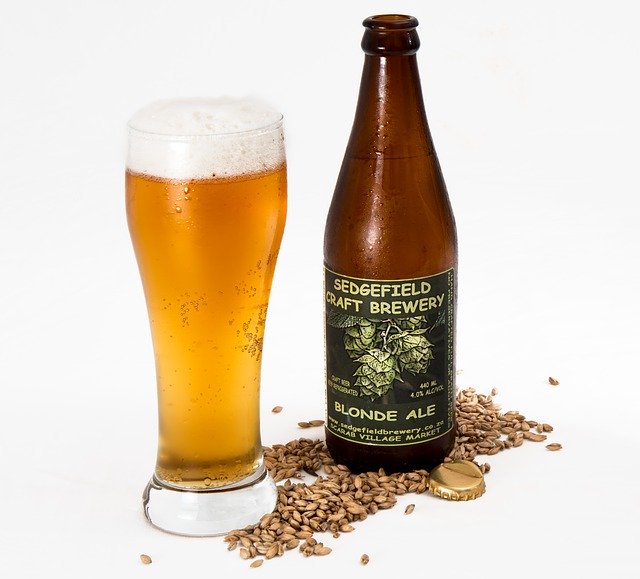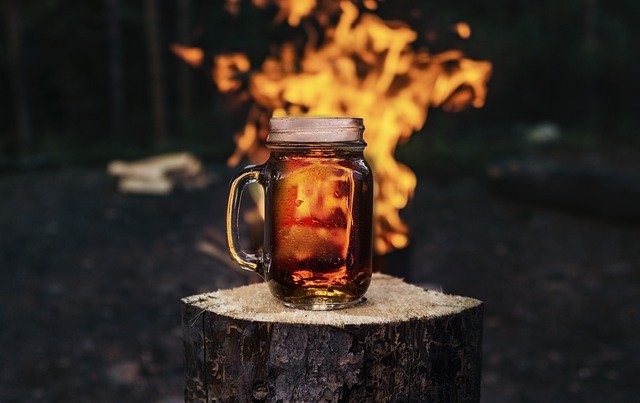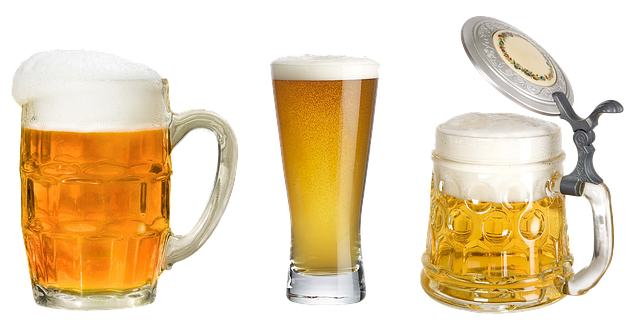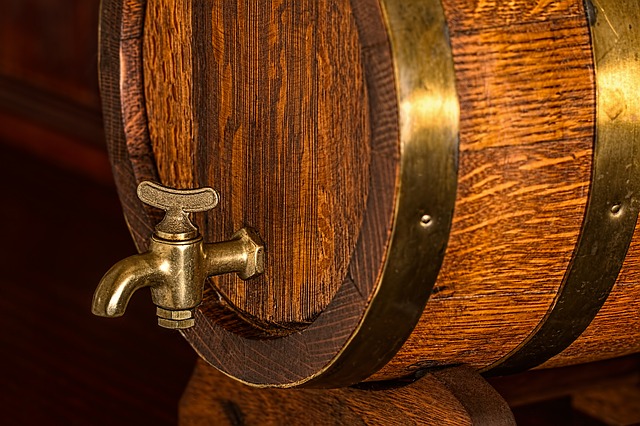Malt Beverages & Fermented Drinks
Malt Beverages are fermented drinks which primarily contain grains or seeds of the barley plant which have been allowed to slightly sprout in a traditional fashion which is known as ‘malting’. Beer is the most predominant malt drink containing naturally fermented barley with hops flavoring. The two main styles of these malted beers are Ale & Lager.
Malt Beverages in United States
Malt Beverage term in United States is commonly used by groups of beer wholesalers as a brewing craft related tagline. This could be for legal or political reasons or for avoiding potential negative connotations associated with consuming beer. However, malt beverage term is also applied to several other flavored drinks from malted grains. Marketing Malt Beverage products has substantially increased in recent years in the United States.
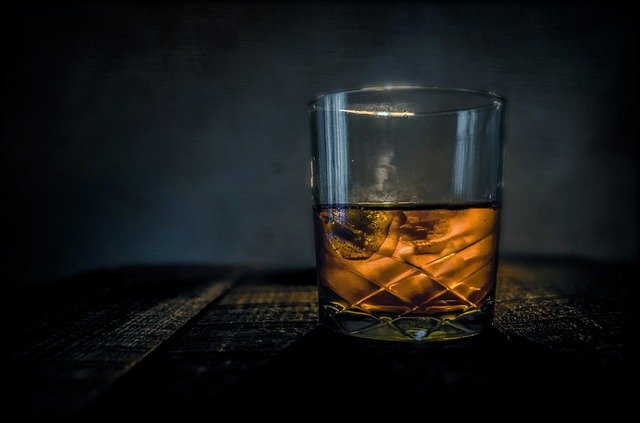
Malt Beverages & Fermented Drinks
Benefits of Malt Beverages
Malt Beverages contain concentrated extract from barley grain which is used for adding flavor & texture to beer. Along with barley extract come minerals, vitamins & amino acids in beer which feature several potential benefits. Malt extract is rich in B vitamins which eventually help in regulating appetite alongside promoting good vision and keeping the skin healthy.
Malt extract is also a good source of essential amino acids which the body essentially needs for making proteins. Moreover, malt extracts can additionally contain calcium, phosphorous & magnesium which are important minerals that make up the primary structure of bones.
Considering Malt Extract Beverages
Although malt extract beverages like Beer offer nutritional benefits they may not be a significant factor promoting health. However, it is okay to include such Malt Beverages in the regimen, but care should be taken to be consumed as part of an overall healthy diet so that nutritional requirements of the body get fulfilled from a variety of sources.
This is in fact essential as even malt extract beverages which are promoted as rich source of nutrients are still high in sugar but low in protein.
